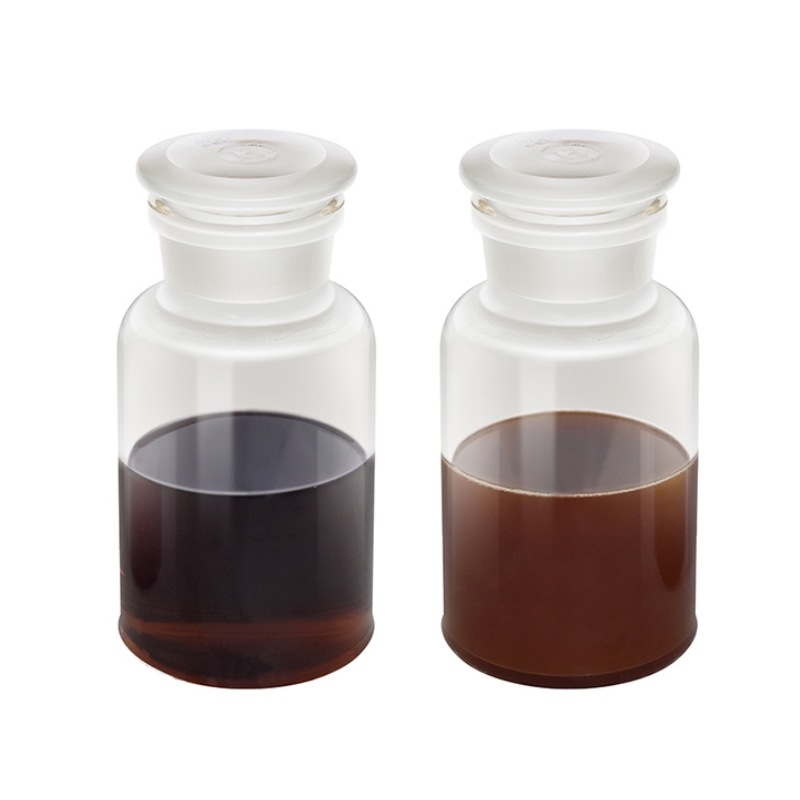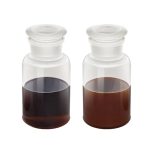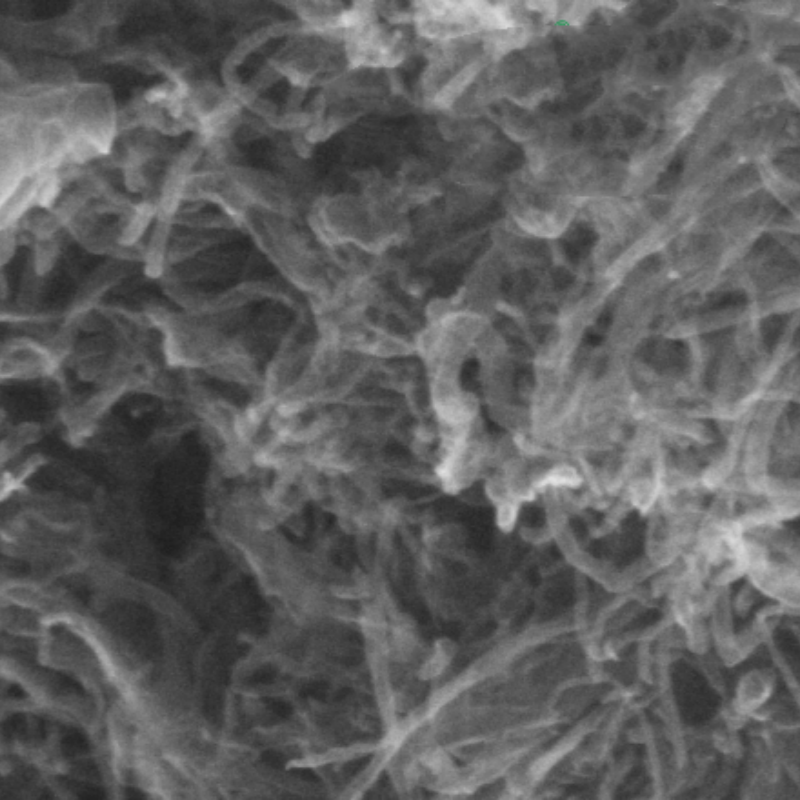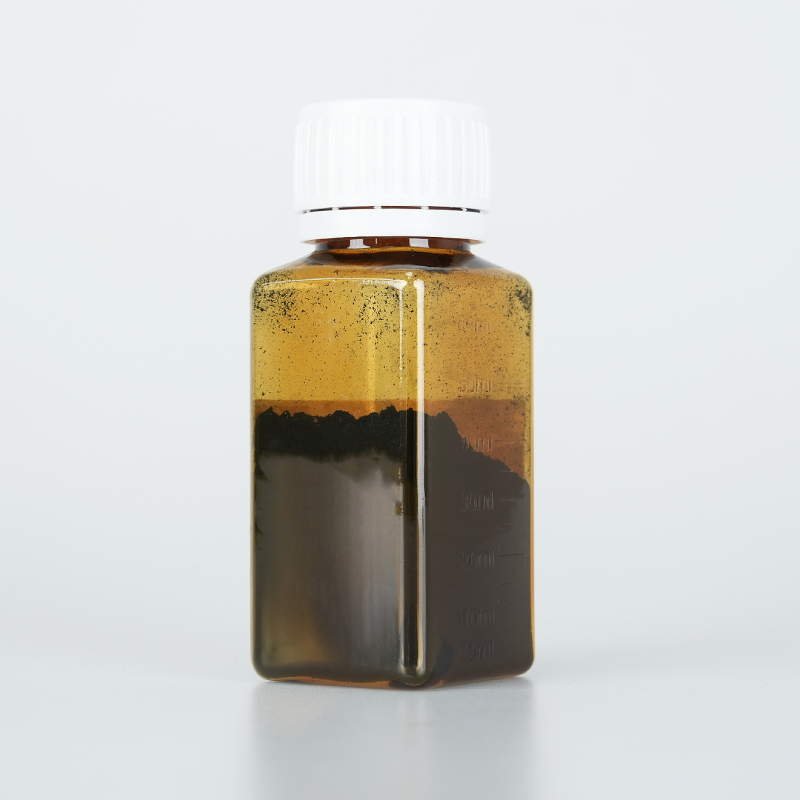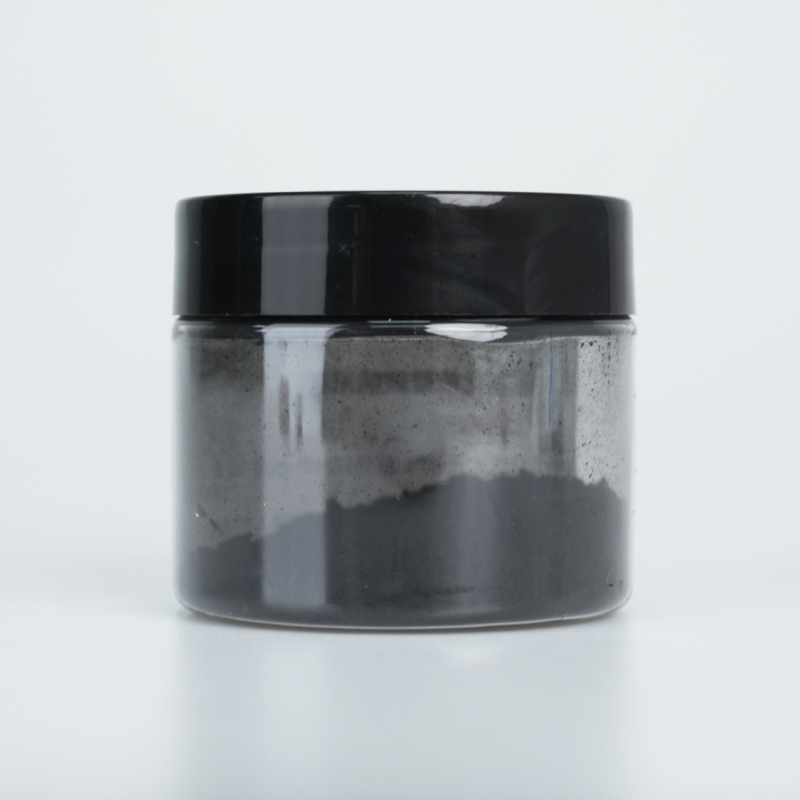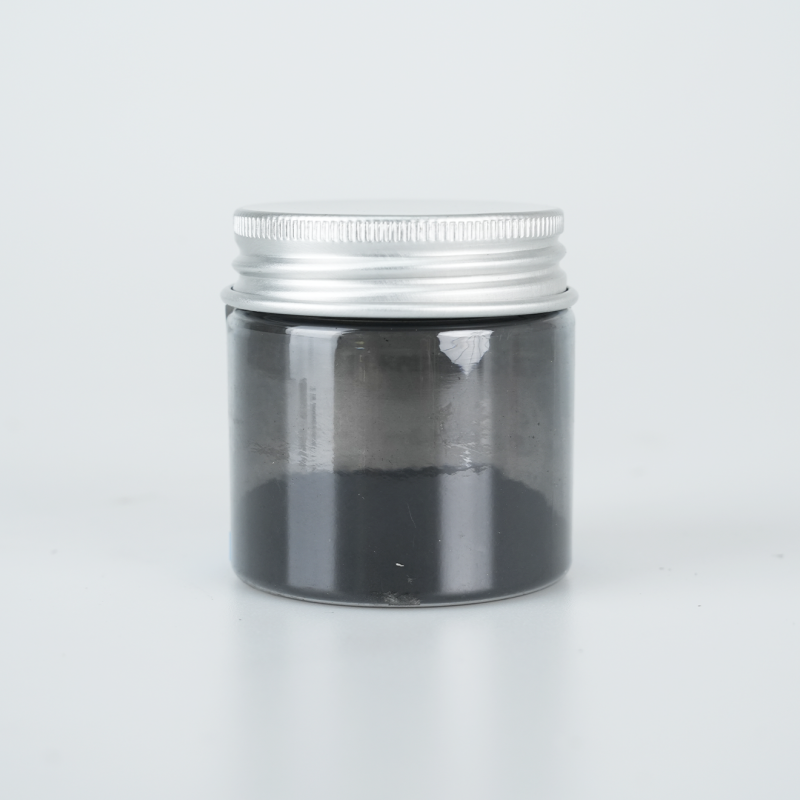PEGylated Fe₃O₄ nanoparticles (carboxyl-terminated) provide optimized surface functionality, superior biocompatibility, and enhanced dispersion stability. Designed for advanced biomedical applications, they ensure efficient conjugation, extended circulation, and high-performance adaptability.
Product Overview
PEGylated Fe₃O₄ nanoparticles (Carboxyl-Terminated) are synthesized by modifying oleic acid-coated Fe₃O₄ nanoparticles with PEG-carboxyl groups via a high-temperature pyrolysis method. This modification successfully transforms the nanoparticles from an oil phase to a water phase, expanding their applications in biomedicine. The modification imparts better biocompatibility, stability, and targeting capabilities to the nanoparticles.
Key Features
- Biocompatibility: PEG modification enhances nanoparticle biocompatibility, reducing immune responses, making them suitable for biomedical applications.
- Long Circulation Time: The PEG modification extends the blood circulation time of nanoparticles, enhancing their passive targeting to tumor sites.
- Multifunctionality: The PEG terminus contains multiple functional groups (such as methoxy, carboxyl, and amino groups), facilitating conjugation with targeting molecules (e.g., antibodies, aptamers, targeting peptides) to construct targeted nanoprobes.
- Enhanced Imaging Contrast: In magnetic resonance imaging (MRI), PEGylated Fe₃O₄ nanoparticles provide significant contrast enhancement, improving imaging clarity.
- Stability: PEG modification increases nanoparticle stability, reduces immune reactions, and enhances their effectiveness in biological systems.
Applications
- Drug Delivery System: By improving stability and blood circulation time, PEGylated Fe₃O₄ nanoparticles serve as ideal drug carriers for targeted drug delivery.
- Magnetic Induction Tumor Hyperthermia (MHT): Utilizing the heat generation properties of Fe₃O₄ nanoparticles in an alternating magnetic field, PEGylated Fe₃O₄ nanoparticles are used for tumor treatment.
- Biosensing and Detection: These nanoparticles are used in biosensing applications to detect biomolecules or environmental pollutants.
- Nanotheranostics: Combining diagnostic imaging and therapeutic functions, PEGylated Fe₃O₄ nanoparticles serve as image-guided therapeutic carriers for precision treatment.
| Technical Parameter | Description |
| Form | Solution |
| Main Components | PEG-2000 modified Fe₃O₄ magnetic nanoparticles, ultrapure water |
| Notes | Particles smaller than 10nm require magnetic separation columns. |
| Particles around 20nm can be separated by long magnetic attraction (not very effective; for full separation, use magnetic separation columns). | |
| Particles larger than 30nm can be separated directly by magnets. |
 new material
new material

